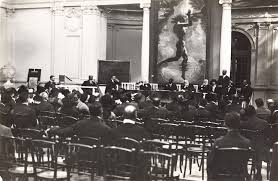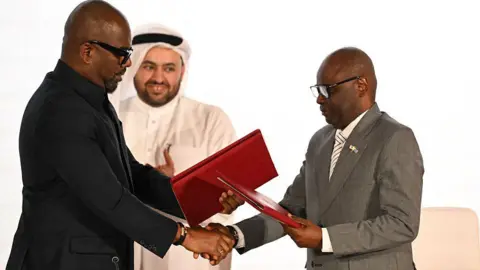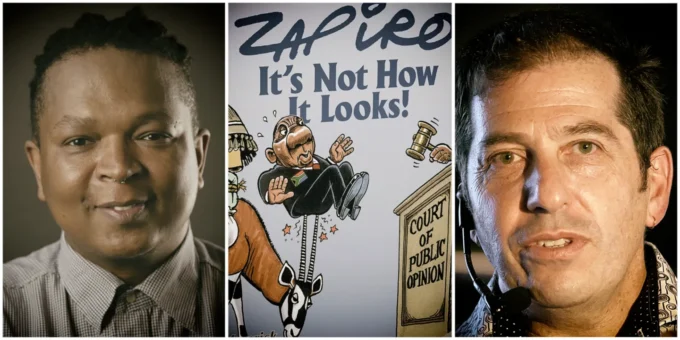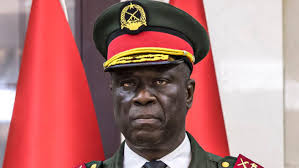In October 1945, Manchester became the heartbeat of a global movement that would change the course of African history forever. Delegates from across the world converged on Chorlton-on-Medlock Town Hall for the Fifth Pan-African Congress a pivotal event that helped lay the foundations for Africa’s independence from colonial rule and inspired generations to come. The congress, held from October 15 to 21, 1945, was not the first of its kind, but it was the one that transformed Pan-Africanism from a philosophical idea into an organized, action-driven liberation movement.
At a time when much of Africa was still under colonial domination, and racial inequality prevailed across the world, the congress brought together some of the most powerful voices of the Black diaspora — intellectuals, activists, politicians, and revolutionaries united by a shared dream of freedom. Among the attendees were key figures who would later shape Africa’s destiny: Kwame Nkrumah of Ghana, Jomo Kenyatta of Kenya, and Hastings Banda of Malawi — all of whom went on to become presidents of their nations. They were joined by influential leaders like Obafemi Awolowo of Nigeria, the feminist and human rights activist Amy Ashwood Garvey, Trinidadian political thinker George Padmore, and the African American scholar W.E.B. Du Bois, who served as chairman of the congress.
Pan-Africanism, the philosophy behind the movement, was rooted in the belief that all people of African descent — across continents — shared a common struggle against racism, inequality, and colonialism. The idea had been around since the 19th century, but it gained traction in the early 20th century when Henry Sylvester Williams organized the first Pan-African Conference in London in 1900. Over the years, a series of Pan-African congresses followed, each one calling for an end to European imperialism and the right of Africans to govern their own lands. But it was the Manchester Congress of 1945 that marked a turning point, uniting activists from Africa, the Caribbean, the Americas, and Europe under one banner of liberation.
The choice of Manchester as the venue was no coincidence. The city was home to a strong and vibrant Black community with deep connections to anti-colonial activism. Entrepreneurs like Ras T. Makonnen, who owned several restaurants and hotels, helped host delegates arriving from across the world. Makonnen, a close ally of George Padmore, also served as treasurer of the congress and played a crucial role in its organization. The Chorlton-upon-Medlock Town Hall, now part of Manchester Metropolitan University, became the centre of a revolutionary dialogue that would echo across the globe.
What made this congress particularly significant was its inclusivity and urgency. Unlike earlier gatherings dominated by elites and intellectuals, the Manchester congress opened its doors to grassroots activists, trade unionists, and members of ordinary working communities. More than 200 people attended the sessions, listening intently as speakers condemned colonial exploitation and demanded political, social, and economic freedom for Africans and people of African descent everywhere. The discussions went beyond rhetoric — they became a manifesto for liberation. Delegates called for the immediate end of colonial rule in Africa and the Caribbean, fair wages for workers, racial equality, and economic justice for all.
For many attendees, the congress was more than a political meeting; it was a symbol of unity and empowerment. Social gatherings and cultural events held alongside the formal sessions helped strengthen bonds between Africans and the diaspora. The exchanges of ideas, strategy, and solidarity created a new sense of purpose. Activists like Nkrumah and Kenyatta used this platform to refine their visions for independence movements back home, strategies that would later lead to Ghana’s independence in 1957 and Kenya’s in 1963.
Although its impact wasn’t immediate, the 1945 Pan-African Congress marked the beginning of the end for colonialism in Africa. Over the following decades, the seeds sown in Manchester bore fruit as more than 20 African nations achieved independence. The congress was a catalyst — transforming words into revolutions and igniting the fires of self-determination across the continent.
The legacy of that historic week still lives on. Manchester, often remembered for its industrial revolution and radical workers’ movements, also became a cornerstone of global Black liberation. Yet, as historians and activists point out, its role in African independence is not celebrated nearly enough. Today, only a small plaque marks the building where the congress was held a modest reminder of an event that reshaped world history.
The Manchester Pan-African Congress remains a symbol of resistance, unity, and hope a moment when visionaries from across the African world dared to imagine a future free from oppression. Its message endures: the struggle for equality, justice, and dignity for people of African descent continues, and the spirit of Manchester 1945 still calls for a world built on freedom and solidarity.














Leave a comment